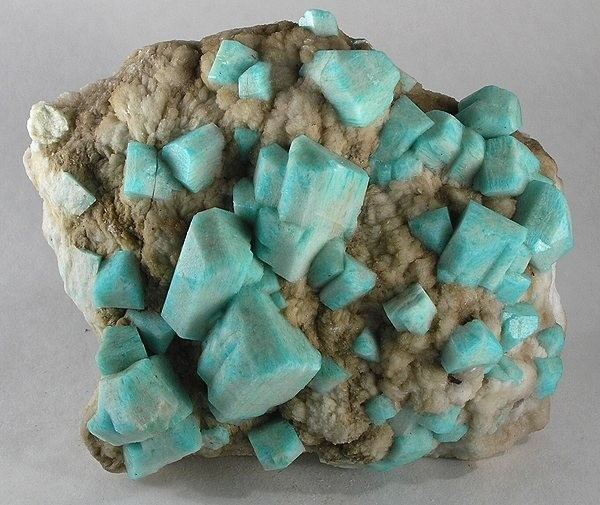 | ||
Mining is important to the economy of Ethiopia as a diversification from agriculture. Currently, mining comprises only 1% of GDP. Gold, gemstones (diamonds and sapphires), and industrial minerals are important commodities for the country's export-oriented growth strategy. Tantalum mining has also been profitable. It was reported that in the late 1980s, the mineral industry lacked importance given that it contributed less than 0.2 percent of Ethiopia's GDP. Mining for gold is a key development sector in the country. Gold export, which was just US$5 million in 2001, has recorded a large increase to US$602 million in 2012.
Contents
Laws
The legal and fiscal environment instituted by the government permits a free market driven economy allowing both foreign and local companies to participate in the mining development of the country, in a transparent manner that would help boost the economy of the country. Licenses have been granted to investigate and assess the mining potential but also for its exploitation. The licensing policy brought out in June 1993 is titled "Mining and Mining Income Tax Proclamation". Some of the licenses issued cover mining of gold and base metals and also manufacture of cement, potash, diatomite and also covering industrial and construction materials. Licenses have been issued to 250 foreign firms from countries such as China, South Africa, the UK, the US and Canada. The license stipulates that every mining company should allocate 5% free equity shares apart from 8% royalties and 35% income tax. The initial validity of the lease is for 25 years extendable for further ten-year period.
Though the country is rich in mining resources its exploration and extraction has contributed only about 1% of its GDP with an investment of 14 billion birr. To give a boost to the five-year Growth and Transformation Plan (GTP) for the mining sector launched by the government, incentives are proposed to be offered in terms of tax reduction from the present level of 35% to 25%. During 2013, a draft document has been placed before the House of Peoples’ Representatives for approval so that the sector becomes more competitive vis-à-vis those offered by neighboring countries.
Production
Production and sale of gold had touched a level of US$ 23.8 million (as of 2005) and that of tantalum is US$2.3 million. The mining stakes in Ethiopia are held by: The Ethiopian Mineral Development Share Company, a Government organization (EMDSC) (an amalgamation of earlier four Government enterprises) established in 2000 is engaged in all mining activities in the country; the Ezana Mining Development, functioning since 1993, a privately owned Ethiopian enterprise in consulting in all aspects related to mining including all types of explorations; the Midrock Gold, a subsidiary of Midrock Gold Group, in operation at Shakisso town in southern Ethiopia, is involved in gold mining (production of 3500 kg of gold per year extracting 50,000 tons of rock per month); and the National Mining Corporation (set up in 1993), a private company involved in all facets of mineral and petroleum product production including byproducts.
Potash mining has generated lot of interest in recent years. Allana Potash, a Canadian mining company is poised to start mining for potash in the Afar Regional State while the Indian Sainik Potash has been working in the Dallol depression.
Prospecting for iron, gold and base metals is also in progress in many regions of the country. More and more gold mines are being located, such as in the Afar region and in the Konso woreda in south western Ethiopia.
Mining being determined by national law as a hazardous activity, gold mining has nonetheless been reported to make use of child labor according to the U.S. Department of Labor. In December 2014, the Department's List of Goods Produced by Child Labor or Forced Labor mentions gold among 3 other goods produced in similar working conditions.
